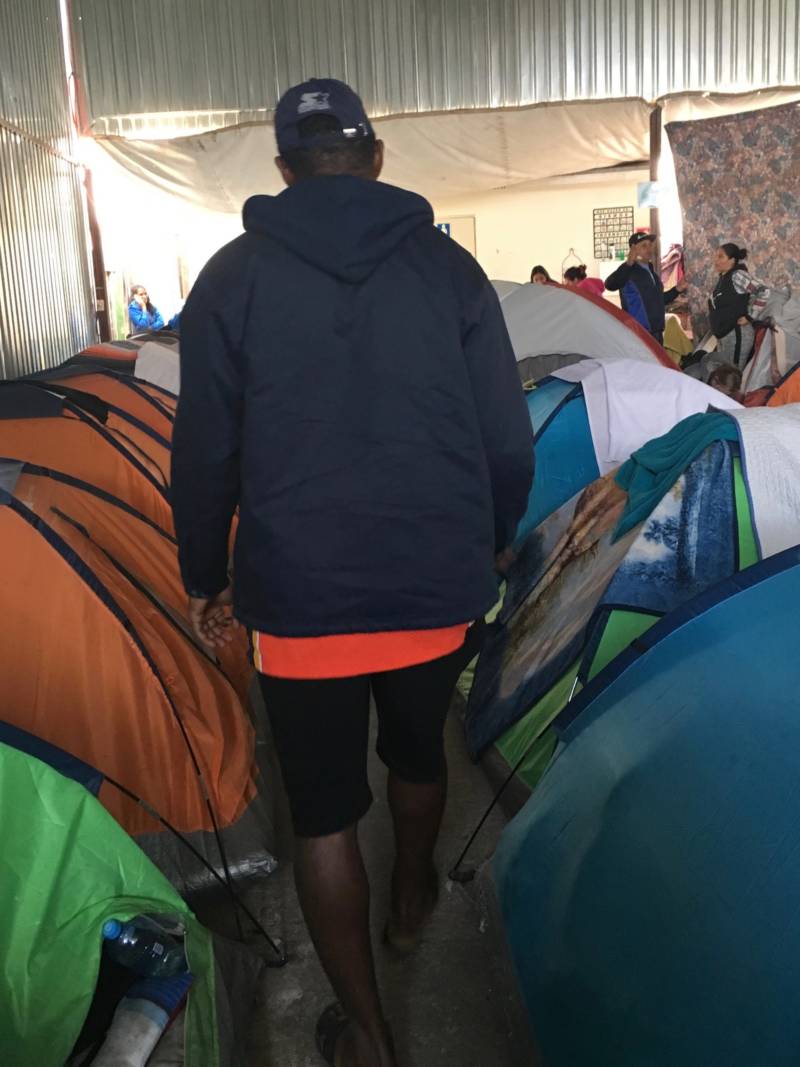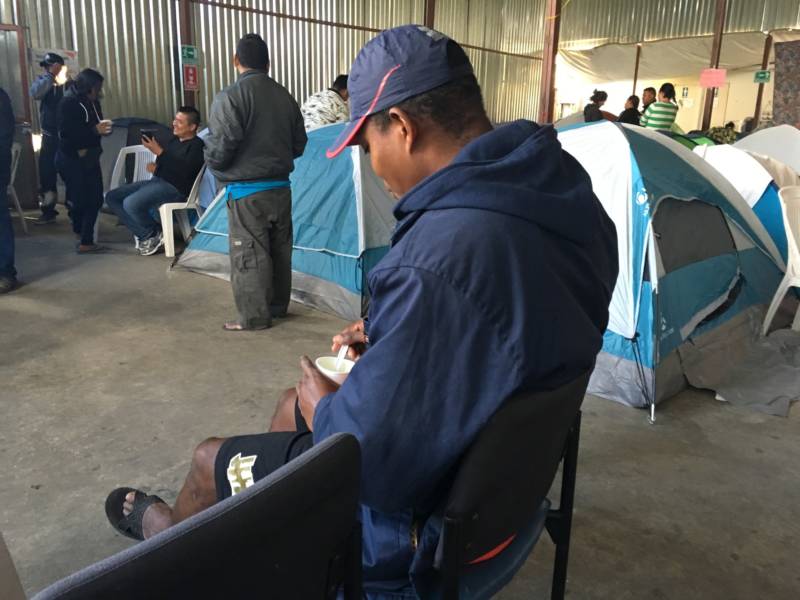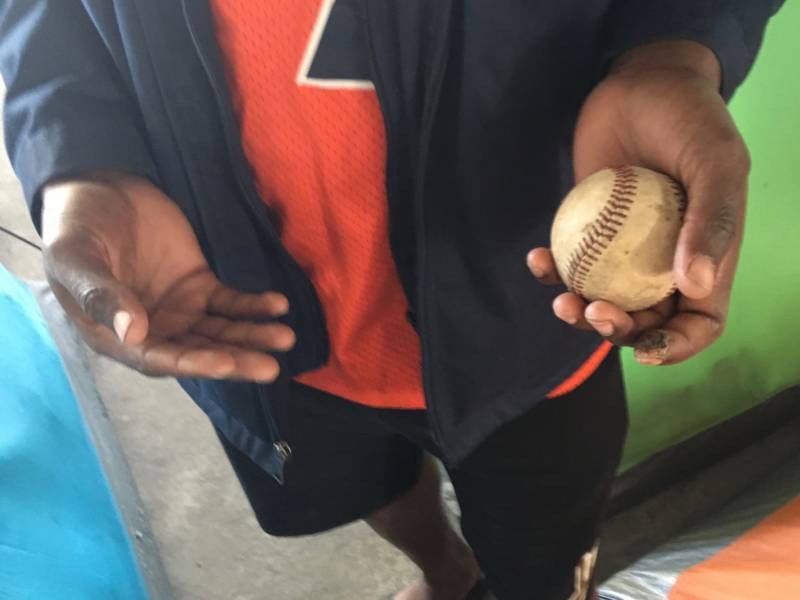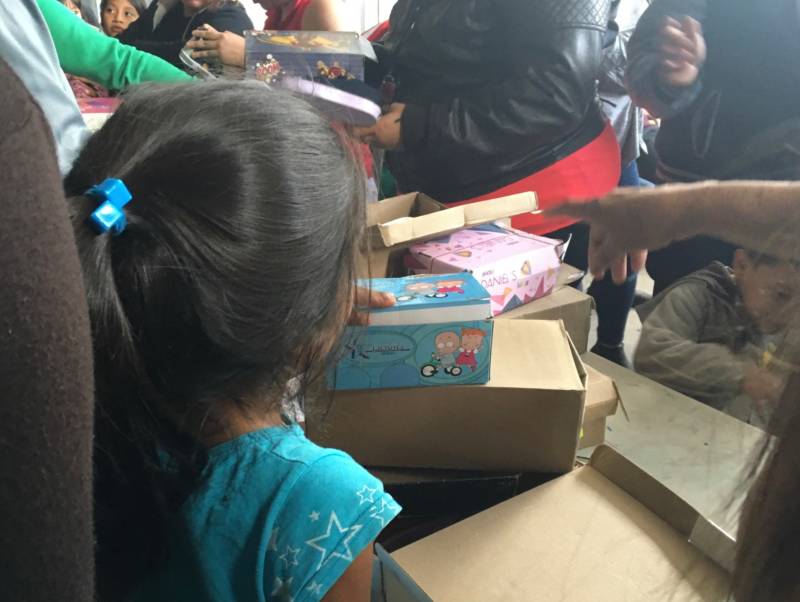Saúl Arzú picked his way through a double row of tents inside Juventud 2000, a makeshift migrant shelter in a gritty neighborhood of Tijuana, not far from the international border fence. He was looking for a quiet place to talk, but the din of dozens of migrant parents and children bounced off the corrugated steel roof and rang through the converted warehouse.
Arzú, 31, has been living at the shelter for nearly three months, after arriving in this border city in late January. He hopes to win asylum in the United States. He said he left his home on the Atlantic coast of Honduras last October, when he was threatened.
At a time when President Trump has declared a halt to U.S. aid for the three countries of Central America’s Northern Triangle — El Salvador, Guatemala and Honduras — and California Gov. Gavin Newsom is traveling to El Salvador to learn about the root causes of migration, Arzú said the reasons he felt he had to leave Honduras are connected with U.S. policies.
Arzú said he left home in the city of La Ceiba after gang members threatened his life. It’s a familiar story among people who have fled the homicide-plagued countries of the Northern Triangle. But Arzú said the widespread violence in Honduras ties directly back to a 2009 military coup that had the tacit support of the U.S. government.
“This caravan is like karma, because they destabilized Honduras and people had to leave,” said Arzú. “It’s an ungovernable country. You can’t report crime to the police because the police will pass your information to the criminals and the criminals will find you. Organized crime and the police are good friends.”

Roots of the Crisis



